From Rucker Park to NBA Arenas
When the sun sets over Harlem, the echoes of bouncing basketballs and screeching sneakers fill the air at Rucker Park. This isn’t just any playground. It’s a proving ground where legends are made, and where the rawest moves seen in NBA arenas are born. From the asphalt courts to the polished hardwood of professional leagues, the journey of streetball moves is a tale of flair, struggle, and triumph.
- Rucker Park: The Mecca of Streetball
- Signature Moves from the Streets to the NBA
- Legends Who Bridged Both Worlds
Rucker Park: The Mecca of Streetball
Located at 155th Street and Frederick Douglass Boulevard, Rucker Park stands as a symbol of basketball purity. It’s where reputations are built one game at a time. The park has seen the likes of Wilt Chamberlain, Kareem Abdul-Jabbar, and more recently, NBA stars like Kevin Durant and Kobe Bryant, who came to showcase their skills against the raw, untamed talent of streetballers.
What makes Rucker Park uniquely influential in the basketball world?
The answer lies in its culture and the unspoken rule of innovation and showmanship. Here, a player’s status is elevated not just by winning, but by how impressively they play. It’s this ethos that has made Rucker Park a breeding ground for some of the most innovative moves later adopted in professional basketball.
Signature Moves from the Streets to the NBA
The crossover dribble, now a staple in the NBA, owes much of its development to the asphalt courts. Streetball legends like Rafer ‘Skip to My Lou’ Alston would dazzle crowds with their ankle-breaking handles, eventually bringing these skills to the NBA, influencing players like Allen Iverson and Kyrie Irving.
How did these flashy moves transition from street courts to the global NBA stage?
It began with players who managed to bridge the gap between streetball and professional basketball. They carried the essence of the streets with them, infused it into their professional play, and changed the public’s perception of what was possible within the confines of organized basketball.
From Asphalt to Hardwood
One of the most iconic moves that transitioned from the streets to the NBA is the “Shammgod.” Popularized by God Shammgod, a playground legend from New York City, this deceptive dribble move was later seen in NBA games, most notably used by stars like Chris Paul and Russell Westbrook. The move involves a player using one hand to push the ball outwards as if starting a normal dribble, then quickly snatching it back with the other hand, throwing off their defender’s balance.
Another street-born technique is the “no-look pass,” mastered by players like Magic Johnson and later, Steve Nash. This move, which involves looking in one direction but passing in another, was honed on the unpredictable, fast-paced street courts where flashy play often outshone fundamental basketball.
Legends Who Bridged Both Worlds
Players like Julius ‘Dr. J’ Erving represent the perfect fusion of streetball soul and professional discipline. Dr. J began his career playing in Rucker Park, where he developed his aerial artistry and flair. When he entered the NBA, he brought with him not just his athleticism but a style of play that was theatrical, magnetic, and wildly effective.
Who else carried the torch from the blacktops to basketball’s biggest stages?
Kobe Bryant, though an NBA lifer, was deeply influenced by streetball culture. His visits to Rucker Park are legendary, not just for the level of play he brought, but for the respect he showed to the street game. Kobe’s ability to blend structured basketball IQ with streetball creativity made him one of the most unique players in NBA history.
More recently, Kyrie Irving, with his almost supernatural handling skills, represents the latest generation of players who translate the spontaneity and creativity of streetball onto the NBA hardwood. His moves are not just effective—they’re a spectacle, much like the displays you’d see on a warm night at Rucker Park.
The Legacy of Streetball in Professional Basketball
The influence of streetball on professional basketball is profound. It has not only enriched the game with creativity and flair but has also provided a platform for raw talents to shine and transition to the NBA. The legacy of streetball is seen every night in NBA arenas where the spirit of Rucker Park lives on, one crossover, one no-look pass, one dunk at a time.
Explore more about this cultural phenomenon at NBA History.


